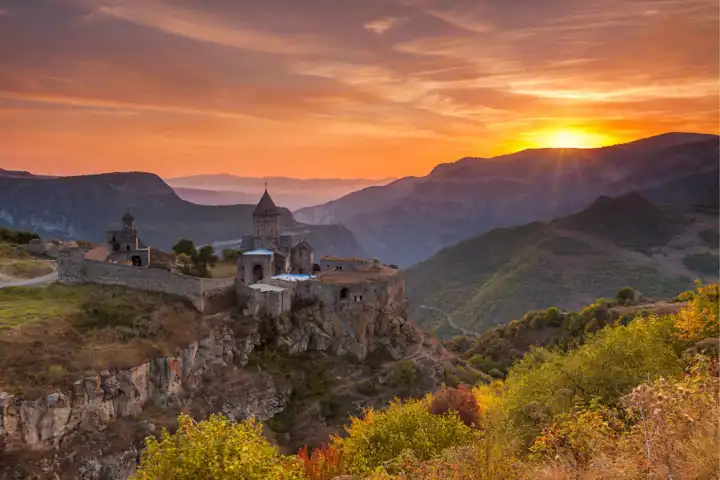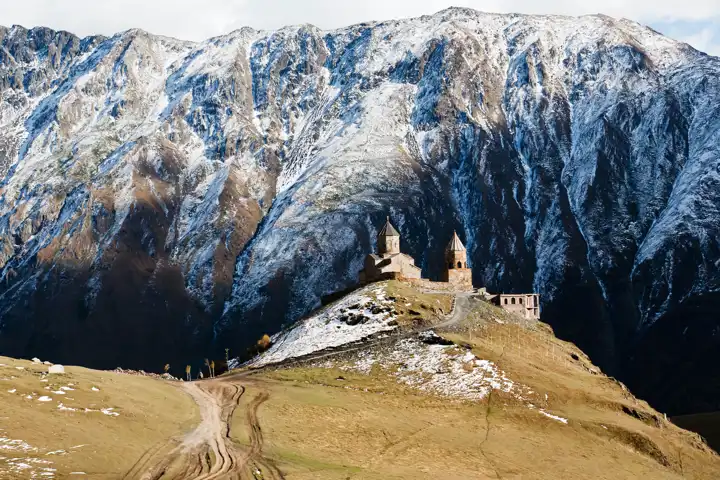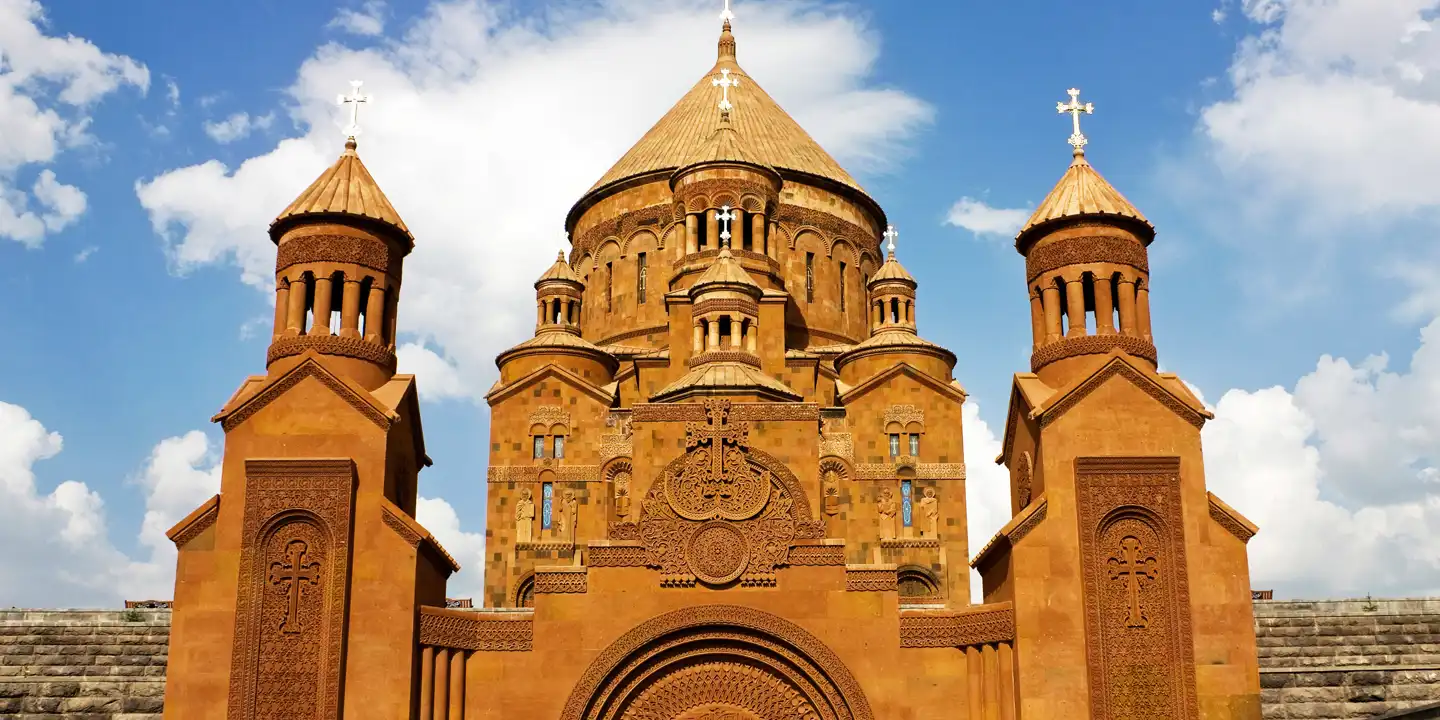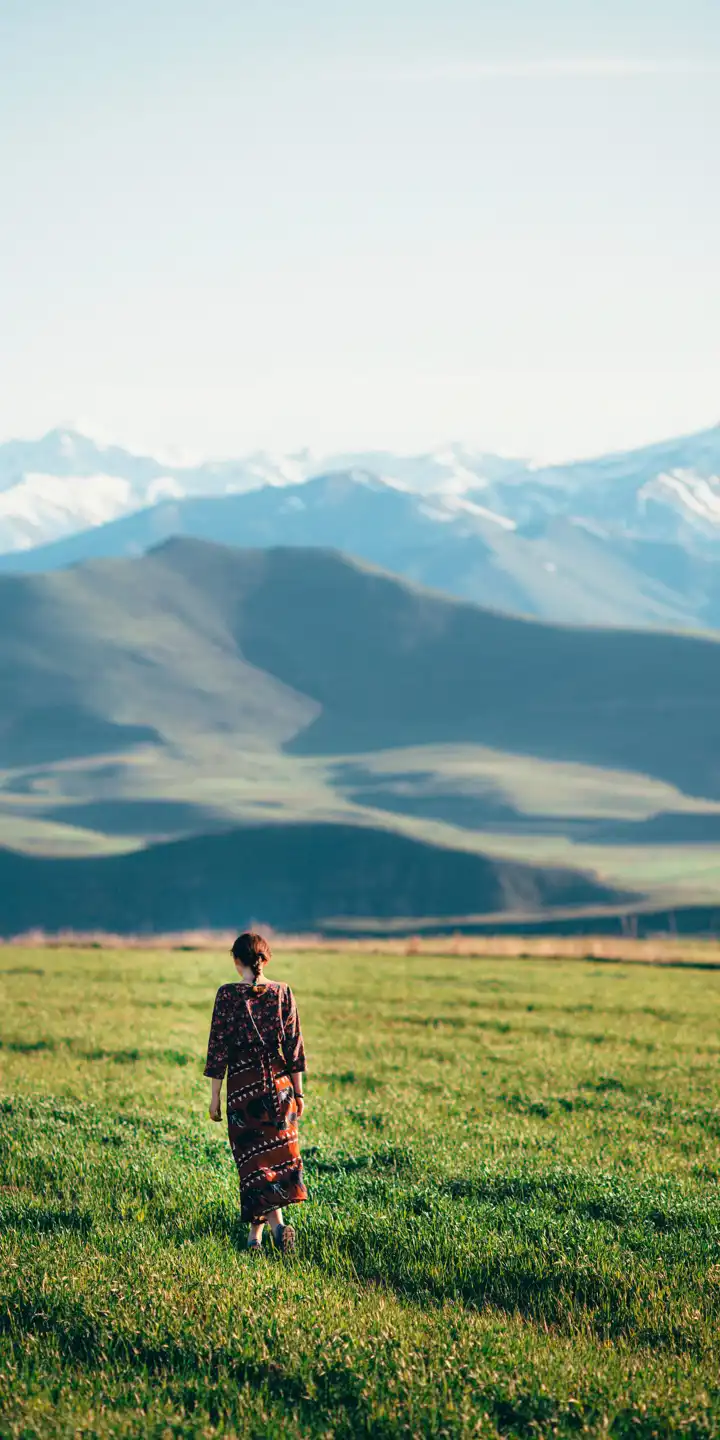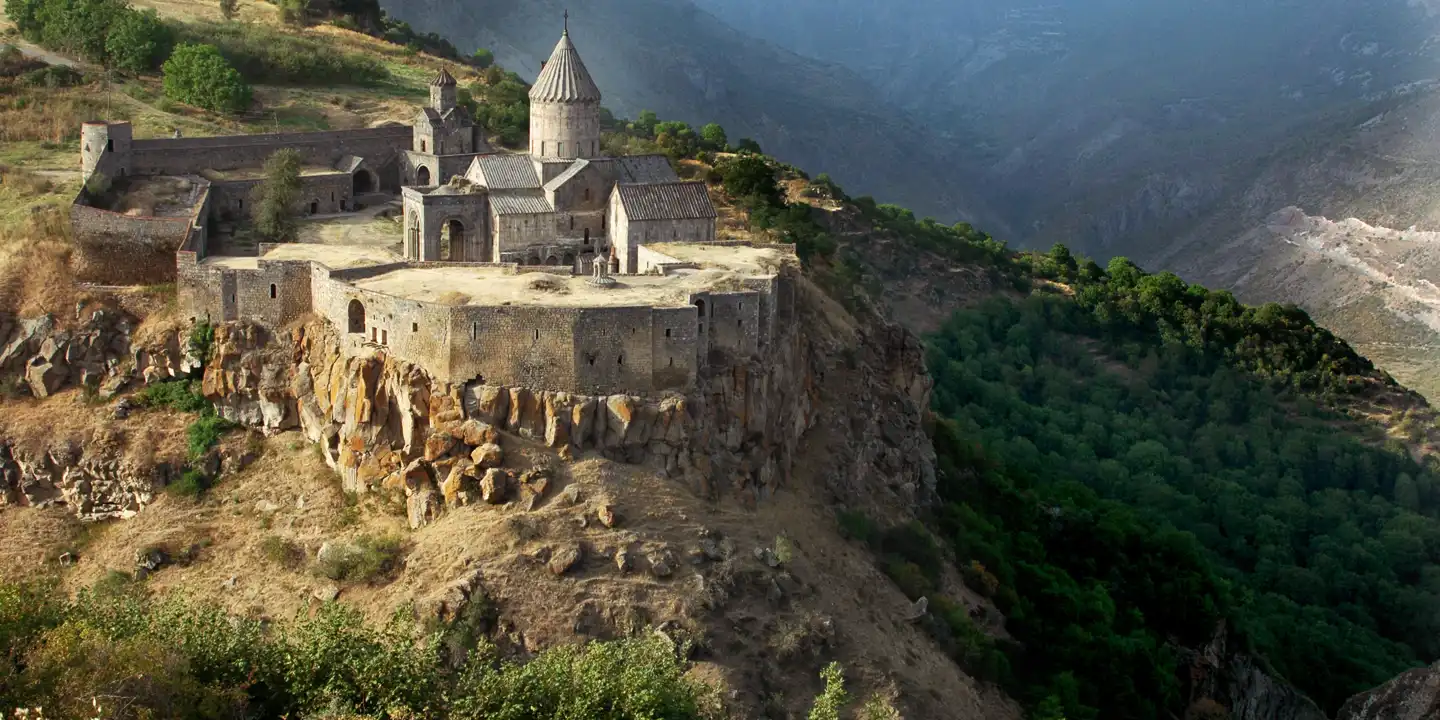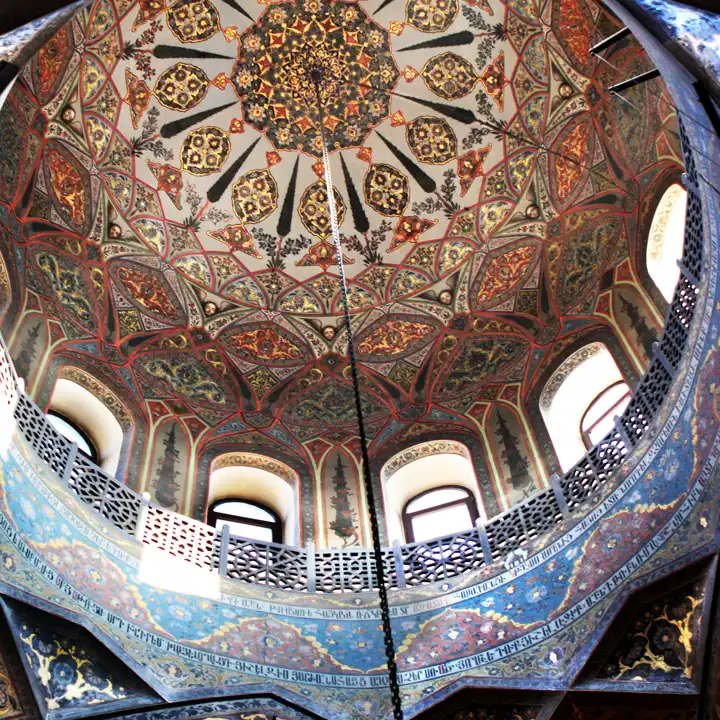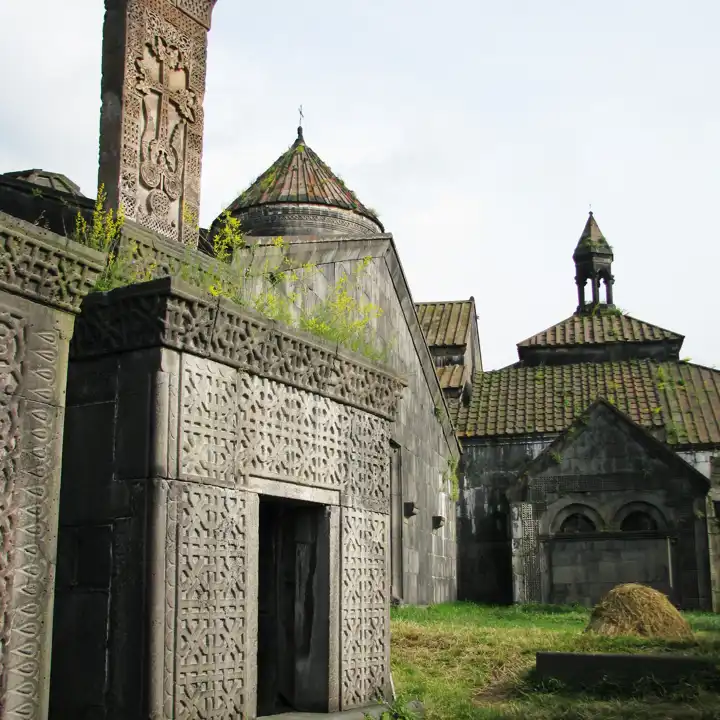Armenia
Hospitality and Style Set Among Rugged Natural Beauty
Armenia
For as unassuming and laid-back as the country is, you might be tempted to underestimate Armenia’s importance to Biblical and modern history. However, gazing up at Mt. Ararat from the terraces of Yerevan, Armenia’s capital, or exploring the country’s turbulent and at times tragic history in one of its museums, visitors will quickly catch the scent of something greater than meets the eye. Armenia is a hidden treasure, full of hidden treasure. Whether you are fascinated by Biblical history, ancient empires, or you simply love beautiful places to be outside, luxury travel to Armenia is the treasure trove you didn’t know you had been seeking.
Armenia lies at the intersection of Europe, Russia and the road to East Asia, and bears the cultural and culinary markers of all three. Luxury travel in Armenia offers a blend hospitality and style from the surrounding regions, set among rugged natural beauty. Expect spices of the East, comforts of the West, and the heartiness of the Caucasus peoples while you hike, bike, and gaze out across stunning landscapes.
Armenia is located in the highlands surrounding the peaks of Mt. Ararat in the South Caucasus. While the mountains actually lie within the boarders of neighboring Turkey, they are most easily accessible from Armenia. Legend marks this as the landing place for Noah’s Ark in the Biblical story of the Great Flood. Archeologists and scholars have made pilgrimage here for years, searching for clues to explain the tale.
Private sightseeing in Armenia with Ker & Downey will show you every Armenian treasure. The mountains and valleys create varied climates and dramatic scenery amid the serenity of Lake Sevan. With strong ties to the Christian religion, ancient churches and monasteries dot the landscape in Northern and Southern Armenia, while many of the country’s museums are found in Central Armenia, a flat and dry region in the Ararat valley.
Like many countries in this region, Armenia is renowned for its incredibly hospitable citizens and cultural significance – journey with Ker & Downey to experience both.

